Sweden Prepares To Command the Digital Future
 |
| Sweden’s experience in developing network-centric systems has allowed it to create an infrastructure that will provide its air, land and sea forces with a unified picture of the battlefield. |
Despite a tight procurement budget,
Many nations are developing modern networked command and control systems to enhance their forces’ warfighting capabilities. Often years away from implementation, these programs focus on advanced technologies or highly modified systems. The cost and development time of such applications have dissuaded nations with limited budgets from launching their own modernization programs.
However, a nation’s size and budget should not limit it from modernizing its command and control systems, says Lt. Gen. Johan Kihl, Swedish Army (Ret.), a defense industry consultant and former chief of staff for the Swedish military. From the mid-1990s until his retirement from the military in 2004, the general was responsible for developing and overseeing
After the study concluded that affordable networked capabilities were possible, Gen. Kihl contacted Swedish defense firms such as Saab and Ericsson to solicit their technical expertise. He believes that
These teams were assigned to all management levels of the program. At the top level, the lead team comprised Gen. Kihl and other high-ranking military officers, heads of government research institutes and industry presidents. Every two months, this group would meet to brainstorm ideas on how industry could meet the military’s needs. Gen. Kihl explains that government-industry partnership was necessary for success because the military was still determining its requirements and did not know what technologies it needed.
A second set of studies focusing on command and control and engagement systems was launched to determine the priority of the military’s needs and requirements. To save money for modernization, the Ministry of Defense decided to retire all legacy systems not scheduled for upgrades after 2010 and to replace them with more advanced and interoperable equipment. At the same time, the Swedish military reduced the number of personnel in its staff units significantly, a difficult process that took several years to complete, the general explains.
During the equipment and personnel cuts, it was necessary to demonstrate the new technologies and approaches regularly. In 1998, the Swedish media asked Gen. Kihl about the program’s goals and completion timeline. Although the general admitted that the modernization was envisioned as an ongoing process with no end, he did say that one of the goals of the project was to launch a field demonstration in 2005 to exhibit network-centric capabilities to the government and public. As of 2001, the Swedish military conducts two annual technology demonstrations and exercises.
Among the lessons learned by the Swedish military from its modernization program and exercises was that the government could not work by itself. Close cooperation with private industry was essential to developing new capabilities for the armed forces.
Changing Cold War mindsets was another important factor. “This small country could mobilize 850,000 men in less than 72 hours. It cost a lot [to maintain this capability], but it was necessary during the Cold War because we were so close to the
But rapid advances in computerization have changed operational capabilities and realities dramatically, the general explains. “So many things happened at the same time: The Cold War was over; it was a totally new situation—new threats, new tasks—for the armed forces; and a new way of living evolved with computerized society, the Internet and the consequences of all of that,” he observes.
To create a new mindset, the Swedish military developed a training program to teach its officer corps novel and different ways to use technology. Gen. Kihl relates that the training courses teach officers that decision making across all echelons is vital. Networked systems allow high-level commanders to be involved in low-level tactical decisions. But without operational guidelines, such intervention can lead to confusion in the command chain. “We used to talk about decision-making cycles at the division level taking at least 24 hours. Now it’s maybe 1 hour. There is a new way of making decisions, and you can’t follow the old traditional ways—such as sitting and discussing the situation with your staff,” he says.
To provide commanders with timely information, the Swedish military has developed a role-based system. The technology allows commanders at different echelons to access specific types of information. The general notes that the exact amount and types of data can be modified to suit an officer’s specific command and mission. Training exercises play an important role because they allow officers to determine whether the allotted amount of data matches their needs. “I think this is necessary when we talk about crisis and quick decision making. That’s not the time when you try to find out what kind of information you need,” Gen. Kihl says.
Many countries with network-centric capabilities apply them narrowly and often ignore or underutilize them in areas such as homeland defense, the general observes. Nations such as the
A lesson that
The general maintains that many nations can use existing technology to develop and field network-centric systems. A nation’s size is irrelevant for procuring and maintaining these systems. “We are not talking about technology. It’s not easy, but it is possible to keep up with any huge country as long as you have the same kind of systems and technology. The technology is not expensive. It’s the different engagement systems that can be very expensive,” he says.
Smaller nations do not need a vast assortment of engagement systems such as nuclear weapons or major command and control nodes such as airborne warning and control system aircraft. What is crucial is maintaining the same types of systems standards to assure interoperability. “Even a small country, with the right kind of systems, could easily cooperate with the
Budget constraints within the Swedish Ministry of Defense have slowed some network-centric initiatives more than anticipated, the general allows, but the effort is still moving ahead. Although the military does not have all of its planned new equipment and systems, it has the knowledge, and it has demonstrated that, he says. Private industry has made progress possible by producing applications such as on-demand networking, which can be immediately applied by the military, he relates.
Web Resources
Swedish Ministry of Defense: www.sweden.gov.se/sb/d/2060
Ericsson: www.ericsson.com/us/government
Saab: www.saab.se

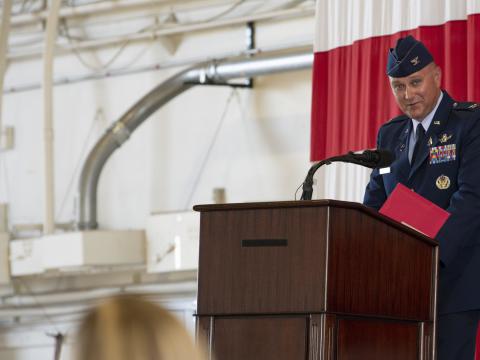

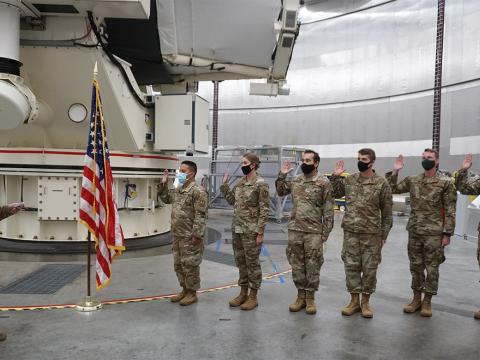
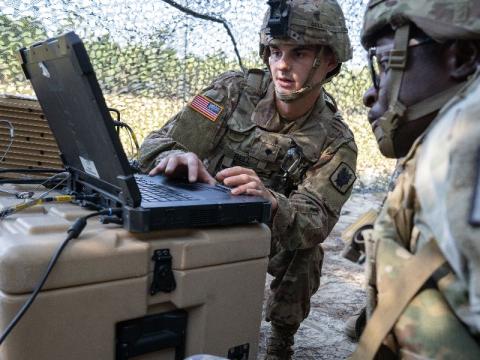
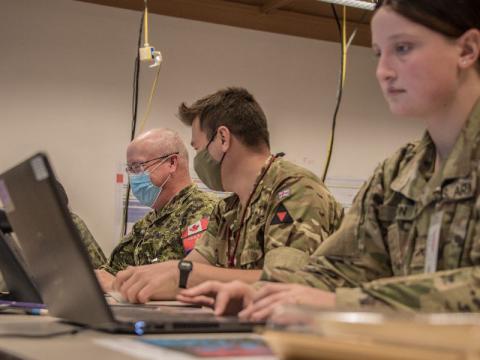
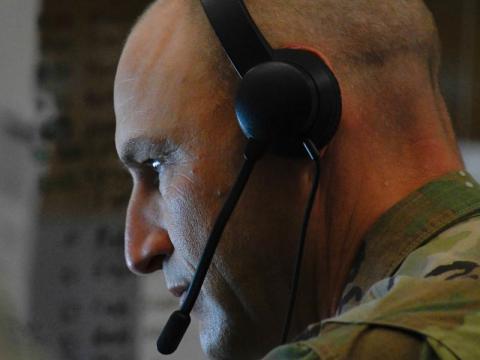
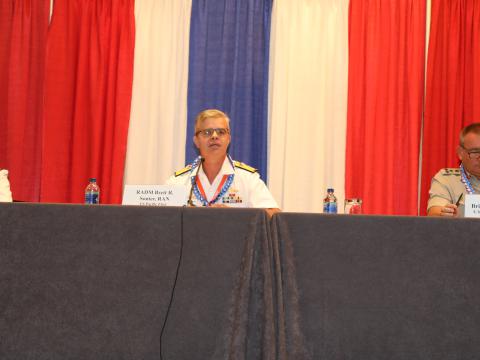

Comments